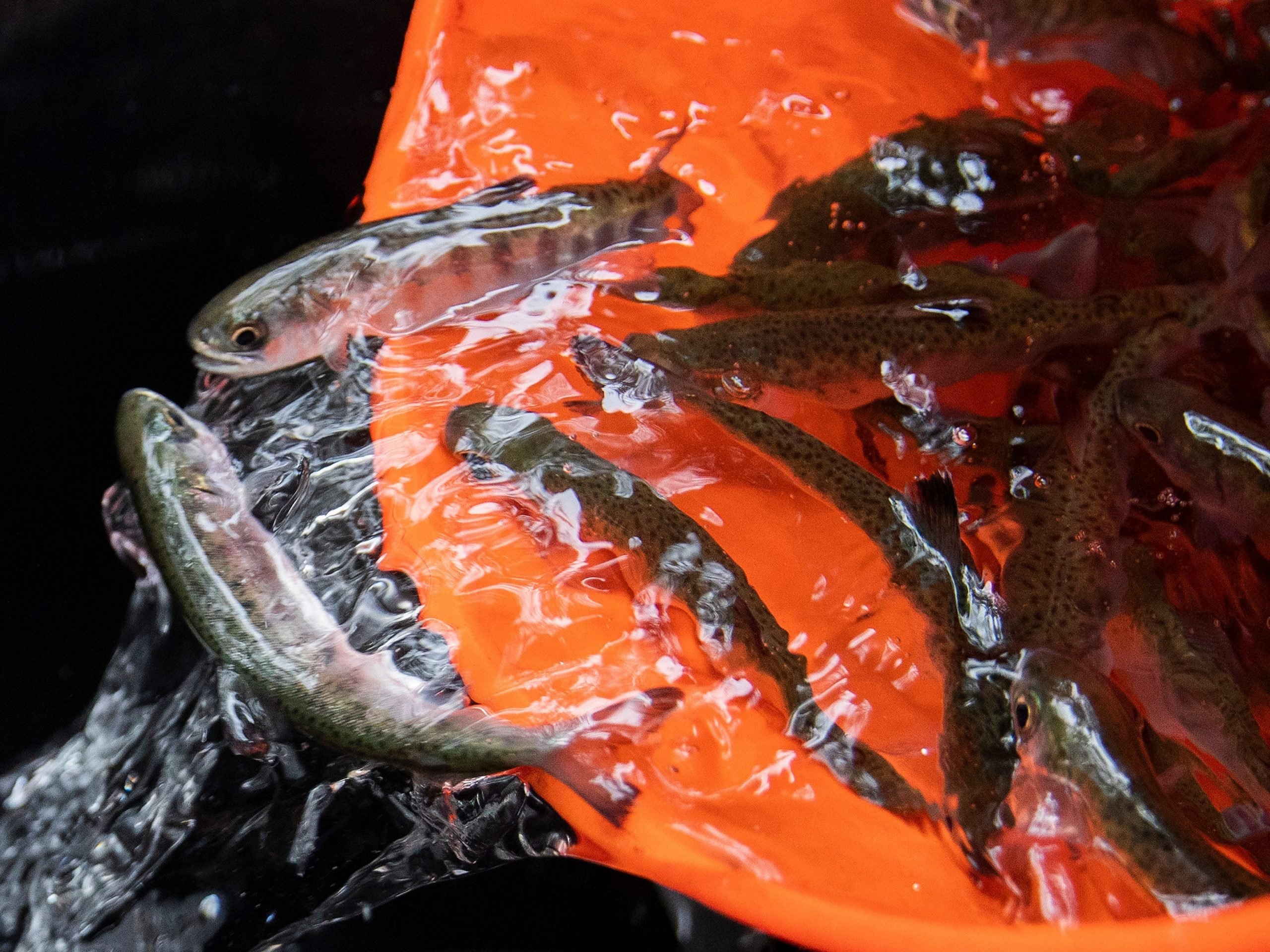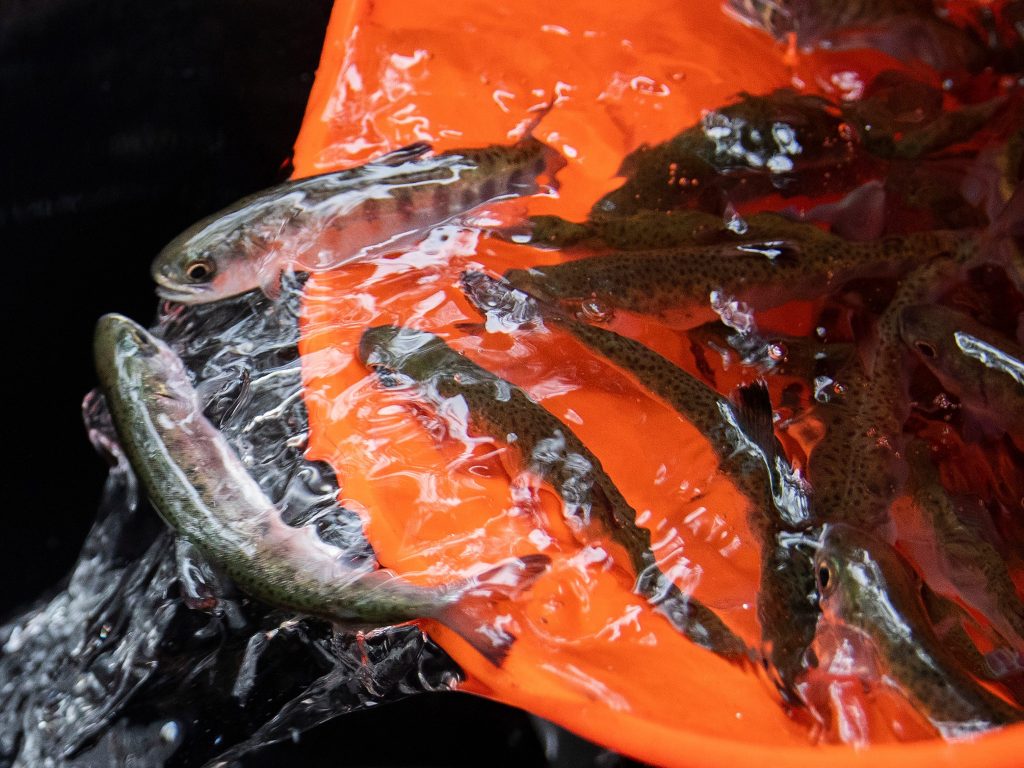
San Francisco Chronicle/Hearst Newspapers via Getty Images
- Close to 17 million young salmon will be trucked directly to release sites at the San Francisco Bay.
- California's government hopes the release strategy will maximize the salmon survival rate and boost their numbers.
- Commercial and recreational salmon fishing nets the state around $900 million annually.
- Visit Insider's homepage for more stories.
California is rolling out a fresh strategy to keep its economy afloat – releasing 17 million salmon into the San Francisco Bay.
Millions of Chinook salmon raised in hatcheries will bypass California's drought-stricken riverbanks to be released directly into colder, downstream sites in the San Francisco Bay, in an attempt to maximize their survival rate amid some of the most extreme environmental conditions the state has ever faced.
By the end of June, around 16.8 million young adult salmon, also called smolt, will travel more than 30,000 miles by truck from hatcheries to direct release sites around the coastline.
At the release sites around the San Francisco, San Pablo, Half Moon, and Monterey bays, the salmon will be set free to make their way into colder ocean waters.
By trucking the fish straight to the release sites, the California Department of Fish and Wildlife (CDFW) believes more salmon will survive and grow to full size, avoiding the arduous journey they would otherwise have to take. According to the CDFW, at least 50 to 100 miles of the waterways the fish would typically traverse to get to the ocean this year will be warmer and shallower than usual.
The CDFW estimates that California's commercial and recreational salmon fishery industry generates more than $900 million in annual income.
Helping the fish - and by extension, the salmon fishing industry - thrive will make a "significant contribution to California's economy," said the CDFW in a statement.
"Trucking young salmon to downstream release sites has proven to be one of the best ways to increase survival to the ocean during dry conditions," Jason Julienne, the CDFW's north central region hatchery supervisor, in the department's statement.
According to a CBS report from April, the western US may be entering a severe, extensive drought season. Gov. Gavin Newsom also declared in April a drought emergency in the Northern California counties of Sonoma and Mendocino.
"In the short term, this (initiative) gives us hope. And we're happy that they're moving these fish. But it's also a very sad testament to what's happening with our rivers in the middle of this state," said John McManus, environmentalist and executive director of the Golden Gate Salmon Association to CBS.
